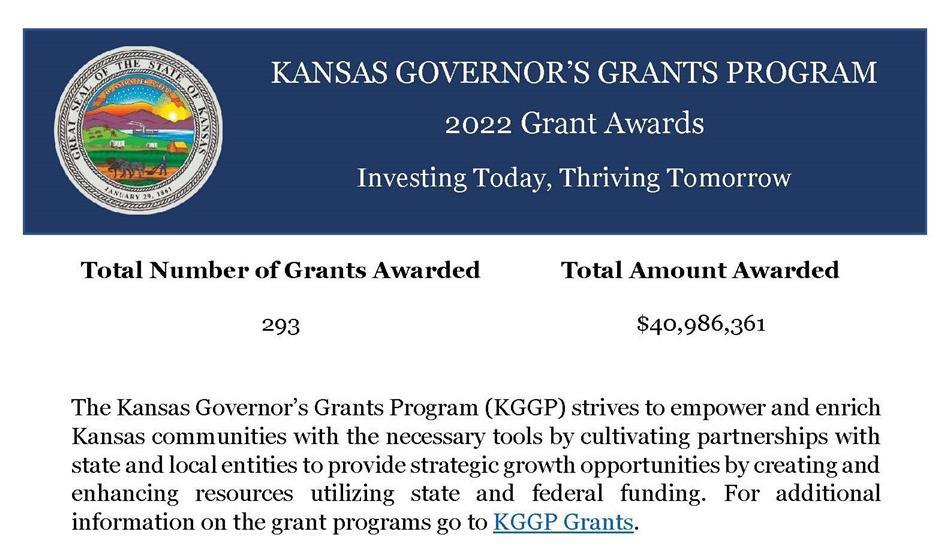
American Indian students may be eligible for scholarships and grants to help them pay for college. These grants can also pay tuition and books. These programs might be able to assist American Indians in pursuing a five-year degree. Students will not receive the funding if they take 12 credit hours per semester or less.
Pell Grants
If you are a Native American student, you should start preparing to apply for college grants even before your senior year in high school. You must gather all necessary information including financials, transcripts, as well as tribal identification cards. You can also increase your chances to win a scholarship by volunteering in your local community during high school.

As a Native American, you have the opportunity to apply for a Pell Grant and other federal grant programs. Although most federal grants are administered by the Bureau of Indian Affairs for Native American students, some are open to all students. PELL GRANT forms the core of this federal grant program. It's designed to aid students with the greatest financial need. To qualify, your household income must be less than $20,000 per year. Pell Grants are worth up to $4,000 per annum for full-time students and $2,000 for part-time students. You can renew the grant each year after you have earned it.
Hopi Tribe Priority Scholarship
Hopi Tribe created a scholarship program to support Hopi students in their higher education. This scholarship is open to Hopi students who want to pursue a post-secondary degree or baccalaureate degree. The Hopi Tribe also offers an additional grant for students who are pursuing a professional degree. Students from Hopi may be eligible for this grant even if they are part time students or do not qualify for other grant programs.
Students must fill out the Financial Needs Analysis forms in order to apply for this scholarship. This form is required every semester or year of study and includes information on the cost of attending college in Arizona. Additionally, students will be asked for information about available resources.
Calista Scholarship Fund
Calista Scholarship Fund is an organization that provides college funds for Native American students. This scholarship is offered to Alaska Native students enrolled in graduate or trade school programs. The Foundation has two types of scholarships: one that is for college expenses, while the other is for individual needs.

Calista Scholarship Fund awards grants ranging in value from $500 to $1000. Online applications are required to apply. They must also provide a high school transcript or GED, birth certificate, and a letter of acceptance from a college or university. You must also send a 500 word essay outlining your educational and career goals and why you want to study at a college or university. The completed application form should be returned to Calista Scholarship Fund 301 Calista Court Ste. A, Anchorage, AK 99207.
FAQ
What's the difference between a university and a college?
A university provides higher education. It offers both undergraduate and graduate courses in many fields.
A college is usually smaller than a university and has a lower reputation. While it may offer fewer programs, many colleges have their own specialist departments.
Homeschooling is for everyone.
Anyone can homeschool. There aren't any requirements.
Children can be taught by parents who have graduated high school. Many families opt to have their children teach them while they are in college.
Parents who have less formal education may be able to teach their children.
Parents can become certified teachers after completing certain requirements. These requirements are different for each state.
Some states require homeschooled students take a test to graduate. Others do not.
Homeschooling parents should register their family at the local school district.
This involves filling in paperwork and submitting it the school board.
After registering, parents are allowed to enroll their children in public or private schools.
A few states allow parents to homeschool without registering their children with the government.
If you live in one of these states, you will be responsible for ensuring your children meet the requirements of the state's compulsory attendance law.
What are some ways you can get scholarships?
Scholarships are grants that can be used to pay college costs. There are many kinds of scholarships. These include:
-
Federal Grants
-
State Grants
-
Student Loans
-
Work Study Programs
-
Financial Aid
Federal grants are made directly by the U.S. government. Most federal grants require applicants fulfill certain requirements. You will need to prove financial need.
State grants can be offered by the individual states. These grants are not always based on financial need. Some states may offer them for specific reasons.
Banks and other lending institutions issue student loans. Students borrow money to pay tuition and other living expenses.
Work-study programs encourage employers to hire qualified student workers. Employers must pay their employees at least the minimum wage.
Financial aid is available to help low-income families pay for college. It covers all or most of the tuition costs.
What is an alternative school?
An alternative school aims to allow students with learning difficulties to access education and provide them with support from teachers who are qualified to meet their needs.
An alternative school provides children with special educational needs the opportunity to learn in a regular classroom setting.
In addition, they are also given extra help when needed.
Alternative schools are not only for those who are excluded from mainstream schools.
They are accessible to all children, regardless if they have disabilities or abilities.
What's the difference between college and school?
Schools are usually organized into classes (or grades) with a teacher who teaches a group of students. Colleges are larger institutions that offer more specialized programs and include many university-level courses. Colleges may focus more on business and science while schools will usually only teach basic subjects. Both levels of education are designed to prepare students for higher-level study.
What are the types of early child education?
There are many ways to describe early childhood education. Some of the most popular ones are:
-
Preschool - Children ages 2 to 5
-
PreKindergarten: Children 4-6 years old
-
Head Start/ Headstart for children ages 0-3
-
Day Care/Daycares - Children from 0-5 Years
-
Child Care Centers - Children ages 0 to 18
-
Family Childcare - Children between 0 and 12 Years Old
-
Homeschooling for children ages KG-16
Statistics
- These institutions can vary according to different contexts.[83] (en.wikipedia.org)
- Data from the Department of Education reveal that, among 2008 college graduates, 92.8 percent of humanities majors have voted at least once since finishing school. (bostonreview.net)
- They are also 25% more likely to graduate from high school and have higher math and reading scores, with fewer behavioral problems,” according to research at the University of Tennessee. (habitatbroward.org)
- “Children of homeowners are 116% more likely to graduate from college than children of renters of the same age, race, and income. (habitatbroward.org)
- They are more likely to graduate high school (25%) and finish college (116%). (habitatbroward.org)
External Links
How To
what is vocational education?
Vocational Education is an educational system that prepares students for employment after high school or college by providing them training in specific skills needed for a particular job (such as welding). It also includes on-the-job training in apprenticeship programs. Vocational Education is different than general education. It focuses on specific careers and not learning broad knowledge for the future. Vocational education does more than prepare for university. It helps people find jobs after graduation.
Vocational education could be offered at all levels, including primary schools, secondary school, colleges and universities, technical schools, trade schools as well community colleges, junior college, and four-year schools. Many specialized schools are available, including nursing and culinary schools, law schools medical and dental schools, veterinary medicine school, veterinary medicine schools, firefighting training schools, police academies, military academy, and other military schools. Many of these provide both academic instruction and practical experience.
Over recent decades, there have been significant investments made in vocational education by many countries, including Australia, Denmark (Finland), Germany, Ireland and Japan. It is still controversial whether vocational education is effective. Some critics believe it doesn't help students get hired, while others claim that it helps prepare them for life after high school.
The U.S. Bureau of Labor Statistics has estimated that 47% of American adults hold a postsecondary certificate or degree related to their current occupation. This percentage is higher among those with higher education. 71% percent of the 25-29 year olds with a bachelor's degree are currently working in fields that require postsecondary credentials.
In 2012, the BLS reported that nearly half of the nation's adult population had at least some form of postsecondary credential. A third of Americans have a two-year associate's degree and 10% hold a four year bachelor's degree. One fifth of Americans had a masters degree or doctorate.
In 2013, the median annual wage for persons holding a bachelor's degree was $50,900, compared to $23,800 for those without a degree. For those with advanced degrees, the median wage was $81,300.
The median income for those who have not completed high school was just $15,200. For those who did not complete high school, the median annual salary was only $15,200.